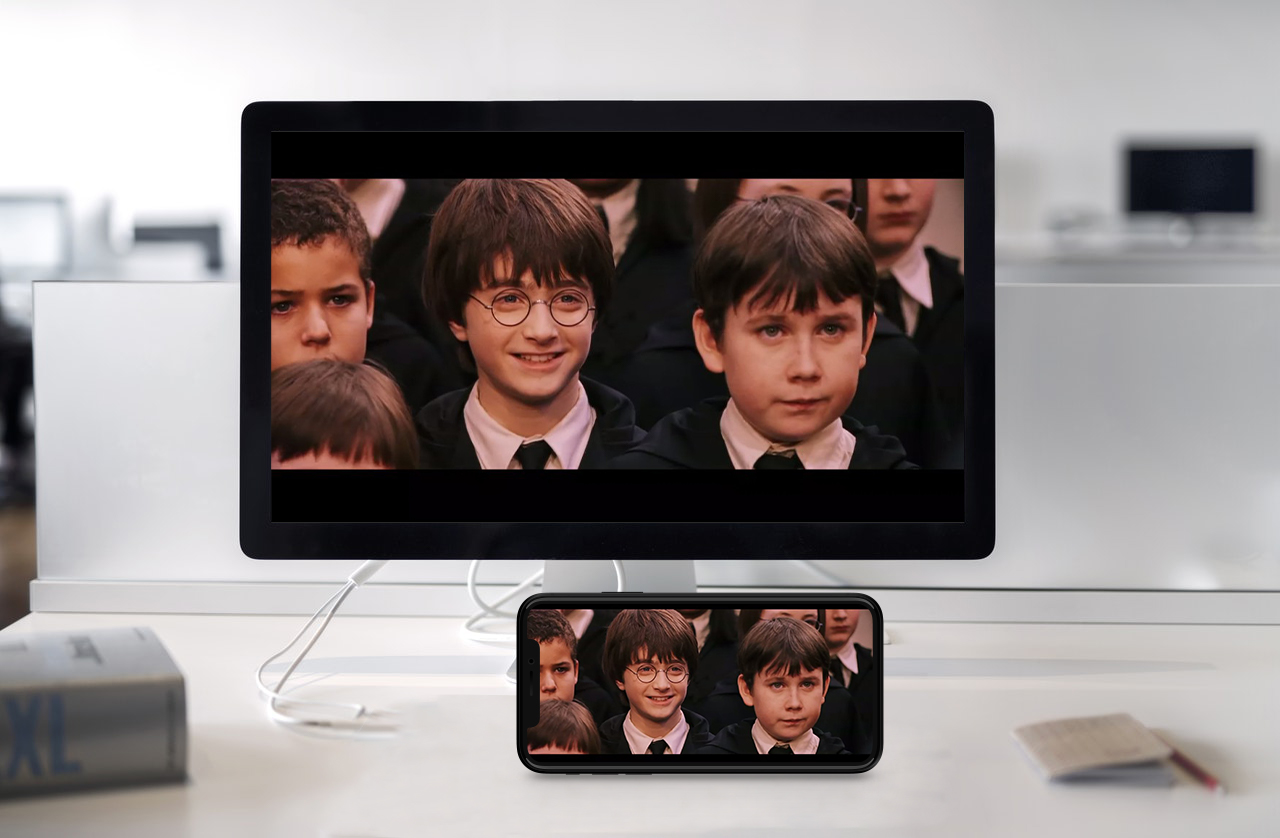As the most convenient form of wireless screen mirroring,
mobile screen mirroring plays a vital role in modern teaching and meeting scenarios. Mastering mirroring methods across multiple protocols can make collaboration more efficient.
- Enable the “Wireless Projection” function in settings.
- Search for available devices and connect.
- Supports real-time screen mirroring (full synchronization of all on-screen content).
- Click the cast icon in supported apps (e.g., YouTube, Chrome).
- Select the target device.
- Ideal for media content casting (videos, music, web pages).
- Open “Screen Mirroring” in Control Center.
- Select an AirPlay-compatible device.
- Enables complete screen sharing (real-time mirroring of the entire display).
- Some apps (e.g., Netflix, Apple TV+) support direct casting.
- Allows free use of the phone for other tasks while casting.
- Optimizes video playback experience (smoother streaming, lower battery usage).
- Use Miracast for student homework presentations (supports real-time annotations and interactions).
- Use Cast protocols for teaching video playback (stable streaming, no interruption when phone is locked).
- Use AirPlay for teachers’ mobile teaching (seamless connection with Apple devices, low latency).
- Use screen mirroring for quick demonstrations (real-time display of app operations or document edits).
- Use casting protocols for media playback (avoids occupying the phone during long presentations).
- Ensure a stable network environment (prioritize 5G Hz Wi-Fi to prevent delays).
Important Note: Before use, ensure all devices are connected to the same network and check the protocols supported by the receiving device (e.g., TV, projector, mirroring adapter).

